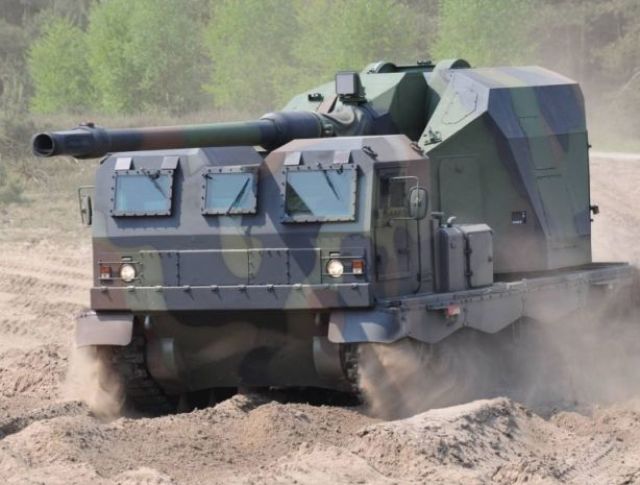It will begin after the completion of state tests, if there is an appropriate decision of the state customer, the Uralvagonzavod concern reported
KUBINKA /Moscow region/, August 27. /TASS/. The production of the latest self-propelled mortar "Phlox" and the self-propelled artillery gun "Magnolia" can be launched in late 2022-early 2023, the press service of the Uralvagonzavod concern (UVZ, part of the Rostec state Corporation) told TASS at the international military-technical forum "Army-2021".
"Serial production of these samples [of the Phlox and Magnolia guns] will begin after the completion of state tests in late 2022 - early 2023, if there is an appropriate decision of the state customer," the UVZ informed.
According to the concern, at present, prototypes of the 120-mm self-propelled wheeled artillery gun "Phlox" and the 120-mm self-propelled artillery gun "Magnolia" on a two-link tracked armored chassis DT-30PM are at the final stage of preliminary tests.
The latest 120-millimeter gun " Phlox "is mounted on the basis of the army armored car" Ural-4320 " with a wheel formula of 6x6. The gun was developed within the framework of the ROC "Sketch". The main feature of the new CAO is that it is a combined semi-automatic rifled gun that provides firing of all types of mortar mines and shells with ready-made rifling. The gun can fire both a howitzer and a mortar, as well as be used for direct fire.
CAO "Magnolia" on the chassis of an armored two-link tracked conveyor DT-30PM was created at the Central Research Institute "Burevestnik" as part of the experimental design work (R & D) "Sketch". In addition to this gun, the family includes an 82-mm self-propelled mortar "Drok" and a 120-mm CAO on a car chassis "Phlox".
In November 2019, the commander-in-Chief of the Ground Forces, Army General Oleg Salyukov, said in an interview with the Krasnaya Zvezda newspaper that the development of a line of samples of highly mobile artillery and mortar weapons on various types of chassis is being completed, including for operations in the Arctic region, which will increase the mobility and firing capabilities of the battalion-level artillery.

